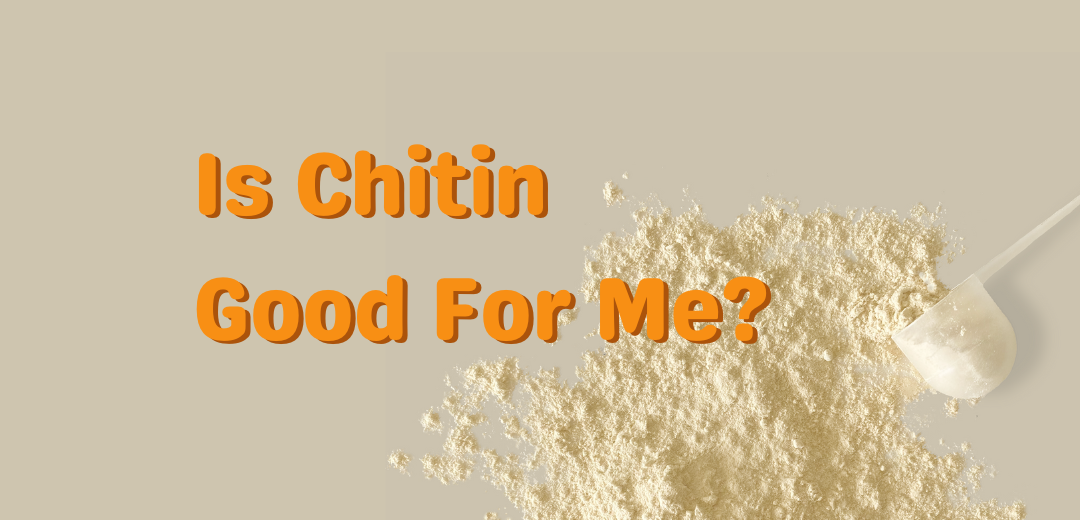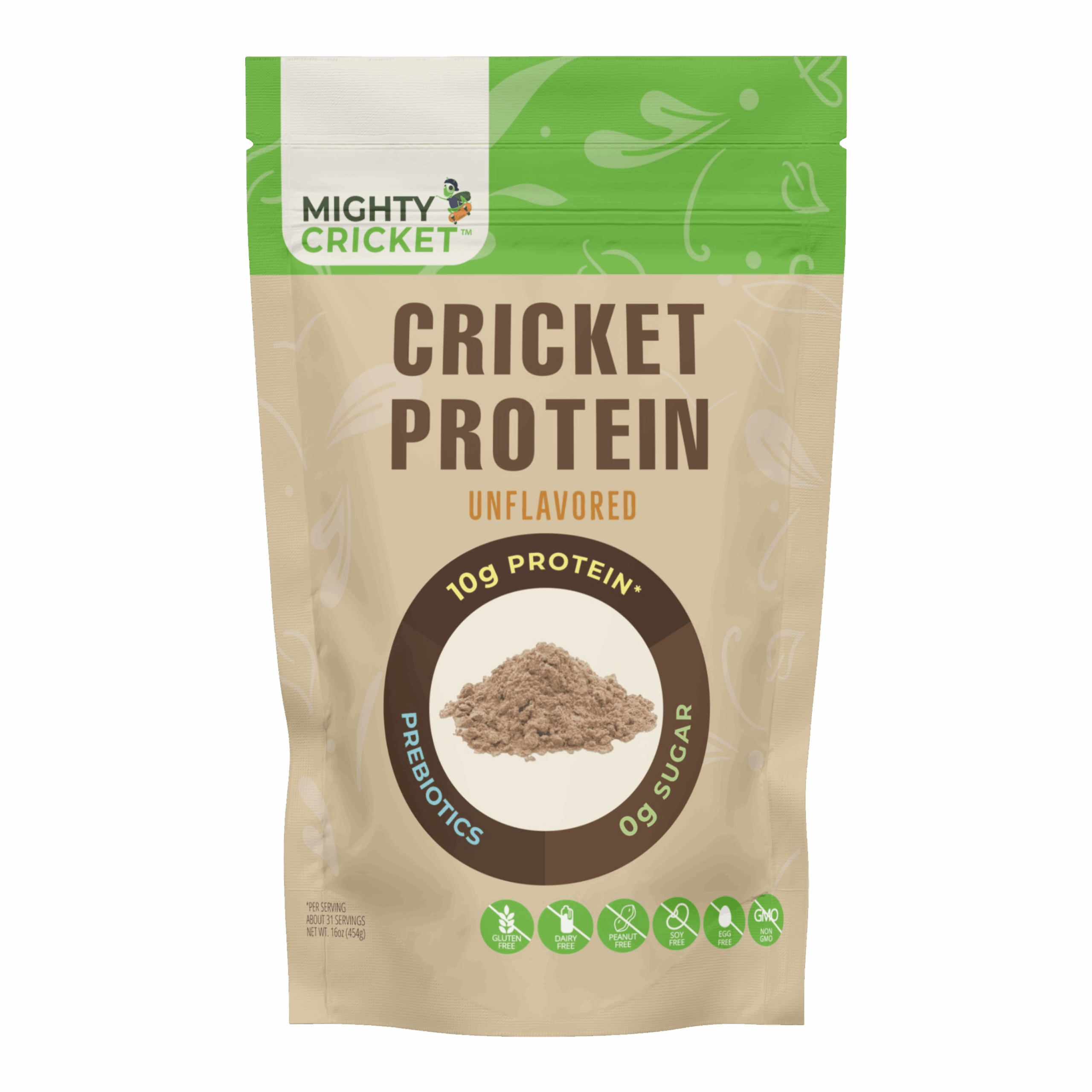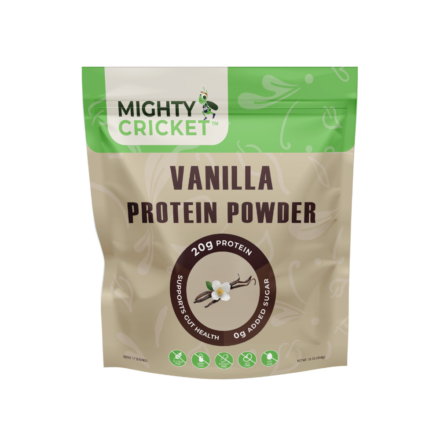There’s been some buzz on social media about whether chitin, a compound found in insect exoskeletons, can be processed by the human body. Some posts claim that chitin is not suitable for digestion. But, don’t squirm just yet – those statements are only partially true and can be misleading.
Sure, insect exoskeletons can be tough to break down, and chitin is a significant part of their structure. But that doesn’t mean that chowing down on bugs is harmful!
In fact, people have been munching insects for centuries. Some cultures still consider them savory delicacies. Insects are packed with protein, vitamins, and minerals, and they are a sustainable and cost-effective food source.
To make insects easier to digest, you can cook them, powder them up, or process them into other forms. Some folks roast or fry insects to make them tastier. You can also add them to soups, stews, and other dishes for extra crunch.
Here’s the deal – chitin is a naturally occurring polysaccharide that you can find in the shells of crustaceans and insects, as well as the cell walls of fungi. It’s a versatile material that has plenty of applications, from medicine to agriculture to food. It’s easy to come by, too. In fact, it is one of the most abundant organic materials on Earth (second only to cellulose, which is a fancy word for plant cell walls).
Chitin also has some potential health benefits. It may help with inflammation and boost the immune system, and scientists are investigating its uses in wound healing and drug delivery.
In short, chitin rocks! It’s abundant, versatile, and here to stay. Keep your eye on this mighty protein – who knows where it might take us next?
Try Our Cricket Protein



